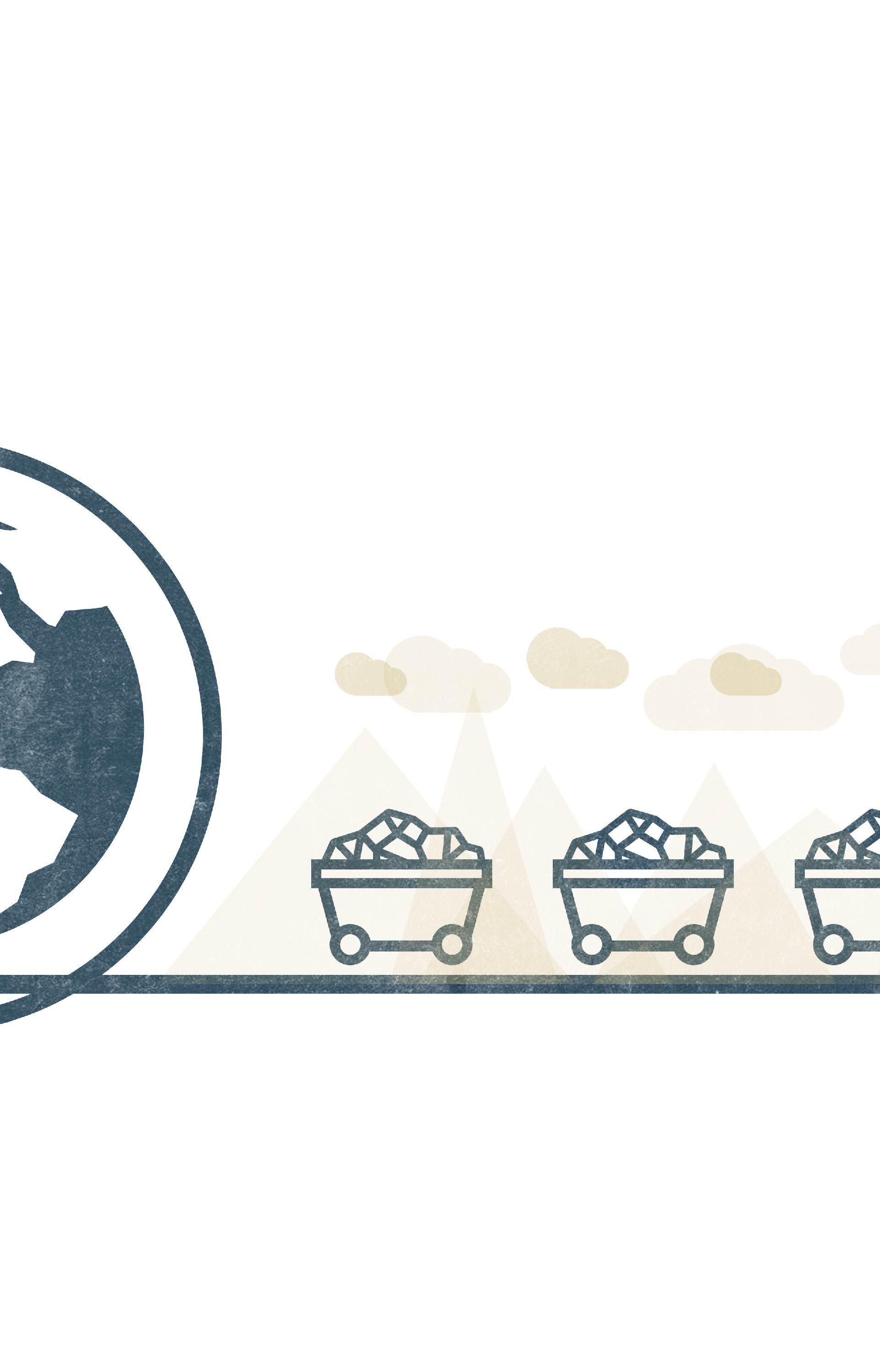The world we live in today offers unprecedented opportunities, an unstoppable pace of innovation, more readily accessible education, technology so advanced that it is quickly becoming hard to distinguish from the human body, among countless other awe-inspiring achievements. The increased proliferation of the internet now reaches 96% of households in Great Britain as of 20201.
The profound access we have to technology, along with the new ways that younger generations are consuming information may seem to be a similarly phenomenal accomplishment; however, young people report that they view the news as, “[…] overly negative […]” 2. With a 62% rise in global fossil CO2 emissions between 1990 and 20193, this era is also undeniably unparalleled in the challenges it faces. This intersection between innovation and environmental degradation demands that we work together to develop creative solutions to combat climate change.
 What may come as a surprise, however, is the pivotal role that young people within the mining sector will play in the world’s transition to a sustainable future.
What may come as a surprise, however, is the pivotal role that young people within the mining sector will play in the world’s transition to a sustainable future.
Mining has developed a poor reputation, with past environmental disasters and human rights violations caused by a small proportion of the industry rightfully contributing to this image. That being said, our world demands mining more than ever before.
Renewable energy sources require the mining of raw materials for their production. Electric cars rely on lithium and cobalt for their batteries, which face supply shortages by the mid 2020s4. Even an iPhone contains a number of different metals, including aluminium, cobalt, lithium, gold, silver, copper, tungsten, and tin to name a few5. It has been said, “If you can’t grow it, you have to mine it.” 

Not only the technology of modern daily life, but the very innovations needed to stop climate change rely upon the extraction of raw materials.
As a result, we must find a way to mine responsibly in the pursuit of a sustainable future. The recent tidal wave of momentum behind the ESG movement alongside the launch of Digbee ESG as the solution for the mining industry are two considerable steps towards greater sustainability. To maintain this momentum, the sector must work laterally between businesses, academia, governments, institutions, local stakeholders, and the public to hold companies accountable, compare actions, and guide efforts with Digbee ESG. The longevity of this shift will require the involvement of more young people who are motivated to create social and environmental value alongside profits.
With strength in numbers, Millennials were estimated to make up 50% of the global workforce by 20206. Dynamic values alongside the biggest generational transfer of wealth in history – a staggering US $30 trillion in the United States alone7 – gives millennials and the generations to follow the power to shape the future of the mining industry. In today’s terms, this generation is uniquely positioned to push for global ESG standards in the mining sector, transforming it from one of the most negatively viewed industries into a key partner in the pursuit of sustainable development. In order for this momentum to turn into tangible, actionable, and lasting results, the mining sector needs to help inform wider audiences on the indispensable role that it plays, specifically reaching, educating, engaging, and retaining support from younger generations.
In order for this momentum to turn into tangible, actionable, and lasting results, the mining sector needs to help inform wider audiences on the indispensable role that it plays, specifically reaching, educating, engaging, and retaining support from younger generations.
Please refer to the following resources for more information on the mining industry:
International Council on Mining & Metals
Minerals for Climate Action: The Mineral Intensity of the Clean Energy Transition
UNFC and Sustainable Resource Management
References
- Prescott, C., 2020. Internet access – households and individuals, Great Britain – Office for National Statistics. [online] Office for National Statistics. Available at: <https://www.ons.gov.uk/peoplepopulationandcommunity/householdcharacteristics/homeinternetandsocialmediausage/bulletins/internetaccesshouseholdsandindividuals/2020#:~:text=In%20January%20to%20February%202020,2006%20when%20comparable%20records%20began.&text=In%20January%20to%20February%202020%2C%2018%25%20of%20adults%20in%20Great,using%20these%20most%20at%2026%25> [Accessed 16 April 2021].
- Flamingo commissioned by the Reuters Institute for the Study of Journalism, Oxford University, 2021. How Young People Consume News and The Implications For Mainstream Media. [online] Reuters Institute. Available at: <https://reutersinstitute.politics.ox.ac.uk/sites/default/files/2021-02/FlamingoxREUTERS-Report-Full-KG-V28.pdf> [Accessed 16 April 2021].
- United Nations, 2021. Key Findings. [online] United Nations. Available at: <https://www.un.org/en/climatechange/science/key-findings> [Accessed 16 April 2021].
- Mackenzie, W., 2021. Can Metals Supply Keep Up With Electric Vehicle Demand?. [online] Forbes. Available at: <https://www.forbes.com/sites/woodmackenzie/2019/07/24/can-metals-supply-keep-up-with-electric-vehicle-demand/?sh=92246576c9b5> [Accessed 16 April 2021].
- International Council on Mining & Metals. 2021. Innovation. [online] Available at: <https://www.icmm.com/> [Accessed 16 April 2021].
- 2020. Millennials at work Reshaping the workplace. PwC. Available at: <https://www.pwc.com/co/es/publicaciones/assets/millennials-at-work.pdf> [Accessed 16 April 2021].
- Wealth Management, 2021. The $30 Trillion Challenge. [online] Morgan Stanley. Available at: <https://www.morganstanley.com/ideas/30-trillion-challenge> [Accessed 16 April 2021].


